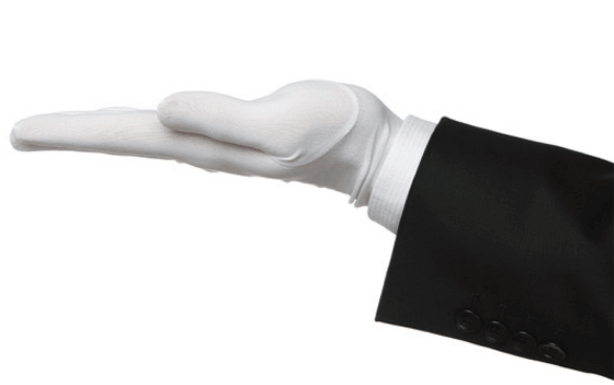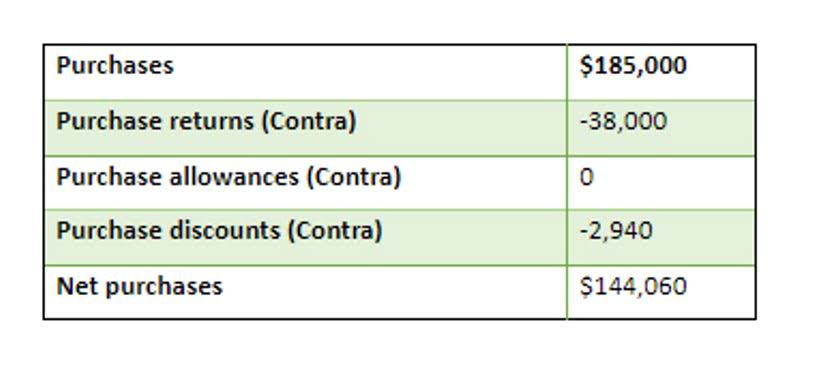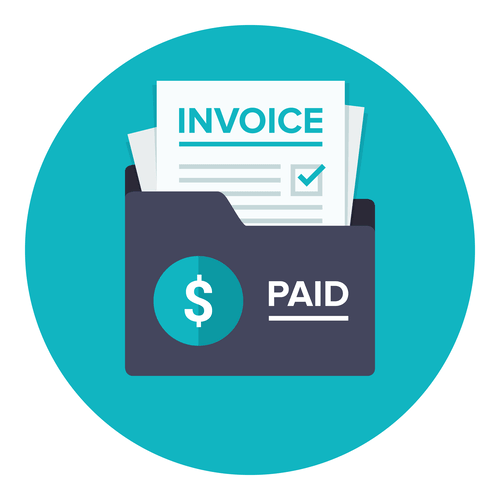Master the Audit of Accounts Payable and Expenses Now

This will summarize the auditor’s findings and evaluation of those findings. See how forward-thinking finance teams are future-proofing their organizations through AP automation. We test right and obligation assertion to see whether the client actually has liability for accounts payable reported. Likewise, we can test this assertion by vouching a sample of payable accounts to supporting documents. Comparing payable balance at the current year to the previous year is the procedure to test the reasonableness of the changes.

Management
Conducting an accounts payable (AP) audit is no longer optional—it’s a critical annual requirement for most companies. However, the sheer volume of complex and frequent transactions in today’s business environment has made the process increasingly challenging. Accounts payables are the balances Legal E-Billing an organization owes to its suppliers or service providers when the company purchases on credit.
- They may also review the end-of-year close process and perform cut-off tests to ensure expenses are posted in the accounting period when they were incurred.
- This is a short-term liquidity calculation that’s used to quantify the rate at which a business pays off its suppliers.
- Conduct periodic reviews of your accounts payable workflows to identify areas for improvement.
- See how forward-thinking finance teams are future-proofing their organizations through AP automation.
- First, compare your expenses to budget—if the entity has one—or to prior year balances.
- Stampli’s AI technology, Billy the Bot, uses Cognitive AI to verify every invoice that enters the system.
Business Process Management
While the general ledger records the overall accounts payable amount, the accounts payable ledger offers detailed insights into invoices and receipts from individual vendors. Access to granular financial details allows organizations to make more informed decisions, such as effectively forecasting future expenses and planning budgets. When we began working with White-Rodgers, a global manufacturer of products for HVAC and refrigeration systems, they were facing the growing challenge of managing their accounts payable process. A traditional accounts payable audit can be a daunting task for organizations as they are often a stressful and resource-intensive process.
Reconciliation
- There is also a risk that the company may delay the recording of payables and their related expenses to the period after year-end when they should be recorded in the current period.
- The auditor should ensure that accounts payable transactions are recorded in compliance with Generally Accepted Accounting Principle (GAAP).
- By finding and correcting unrecorded liabilities, audits ensure accurate financial records and improve AP processing efficiency.
- They let businesses sync invoices, purchase orders, receipts, payment data, financial records, and other documents in real time.
- Auditors review procedures, double-check supplier invoices, and verify payment calculations to spot and correct any discrepancies.
- Every action in an automated AP system is recorded, creating a detailed digital accounts payable audit report.
Auditors review the company’s control procedures, policies, and guidelines to determine their effectiveness in maintaining financial accuracy and integrity. An accounts payable audit is the process of validating invoices to ensure they are petty cash accurate and that the right controls are in place to guarantee an organization’s financial records are in order. Key components of an audit include reviewing invoices and payments for accuracy and legitimacy. Regularly auditing accounts payable is crucial to prevent fraud due to the inherent vulnerability of financial processes. AP audits help detect irregularities, such as fictitious vendors, duplicate payments or unauthorized transactions, flagging potential fraud risks. Reconciliation statements compare the company’s records with those of its vendors.

Upskilling of auditors
Accounts payable reconciliation (AP reconciliation) can ensure accuracy across the board. White-Rodgers was able to gain real-time visibility into every process stage by digitizing and automating their accounts payable workflow. Documents became accessible within seconds, greatly simplifying tax audits and resulting in a 100% reduction in client-side paper invoice processing. MineralTree’s AP automation solution is certified with SOC1 and SOC2 certifications. These certifications provide independent assurance that the system’s controls are designed effectively and operating efficiently, making the auditing process faster and more straightforward.
- This report provides a detailed audit analysis, including discrepancies, compliance issues, and improvement areas.
- If a business pays out more than the amount required or invoiced, it’s considered an overpayment and is documented as a negative liability on the balance sheet.
- Some balances may not be payable by the client and hence can be verified by sending confirmations to vendors.
- An accounts payable audit is the process of validating invoices to ensure they are accurate and that the right controls are in place to guarantee an organization’s financial records are in order.
Regular AP audits enhance your organization’s financial health and integrity by identifying potential issues before they become major problems. They help protect your company against fraud while ensuring strong relationships with vendors through accurate, timely payments. Obviously, the accuracy of a company’s financial records is critical, and an AP audit will look to confirm the accuracy of the AP practices. Auditors will perform several procedures at this stage, including examining the SOP, and recalculation of supplier invoices and payments.


Automation can save your team time and help ensure accuracy in managing payables. accounts payable audit Reconciling intercompany transactions is another critical method, especially for multinational corporations. These transactions often involve complexities like differing tax jurisdictions and currency conversions. Using foreign exchange adjustment tools and adhering to transfer pricing regulations under IRC Section 482 ensures intercompany accounts are accurately reconciled. This improves the accuracy of consolidated financial statements and ensures compliance with international tax laws.
